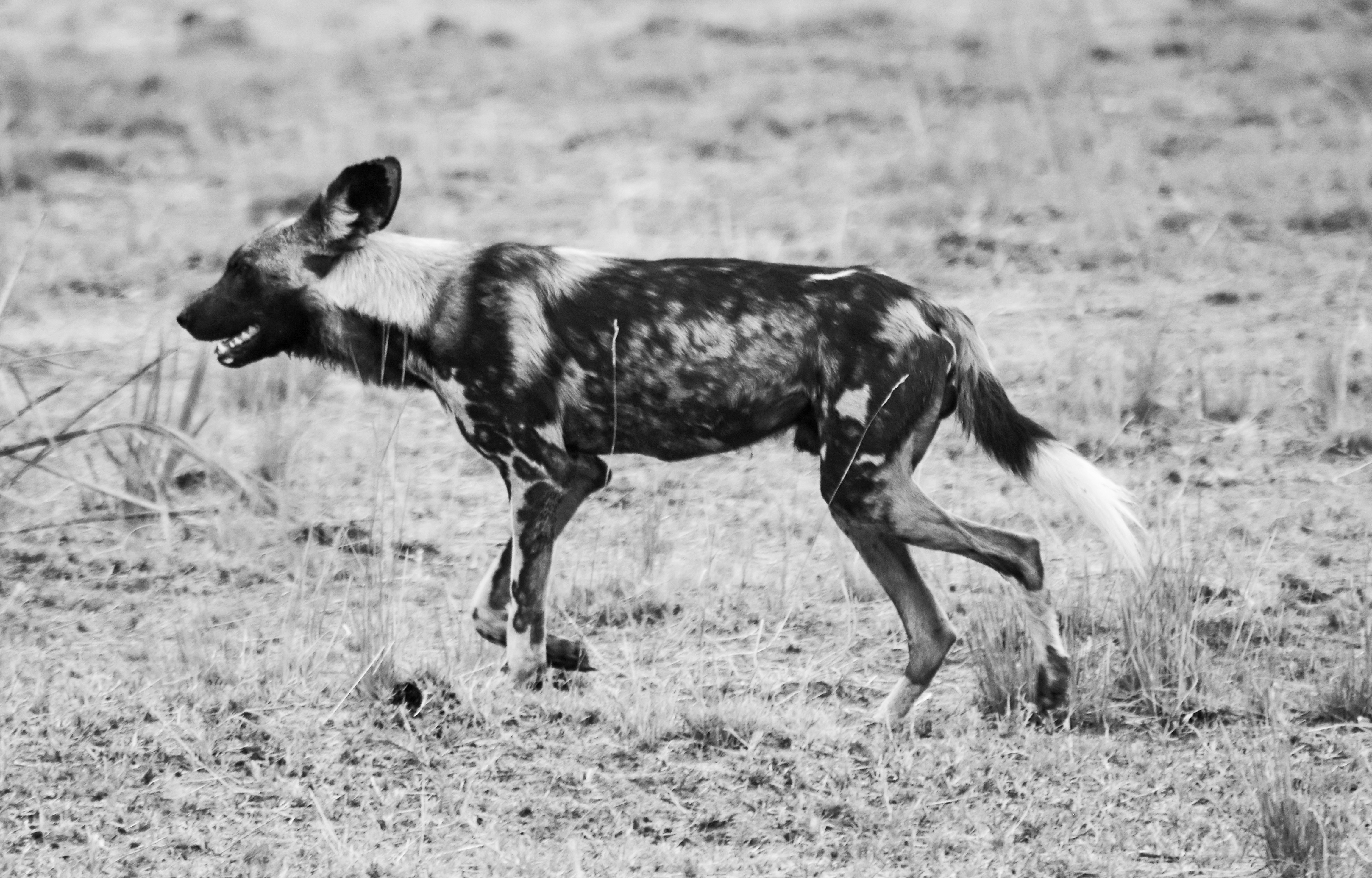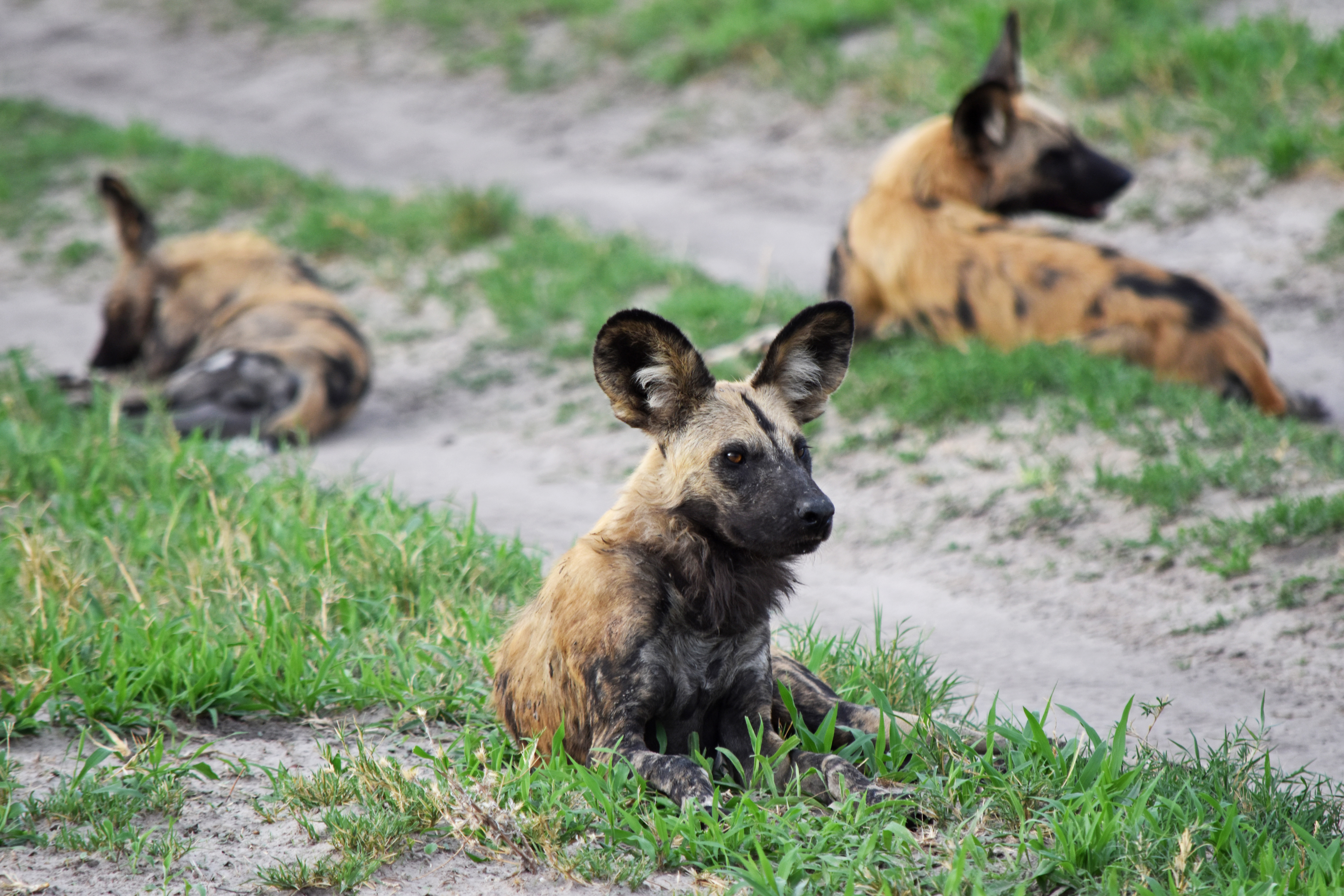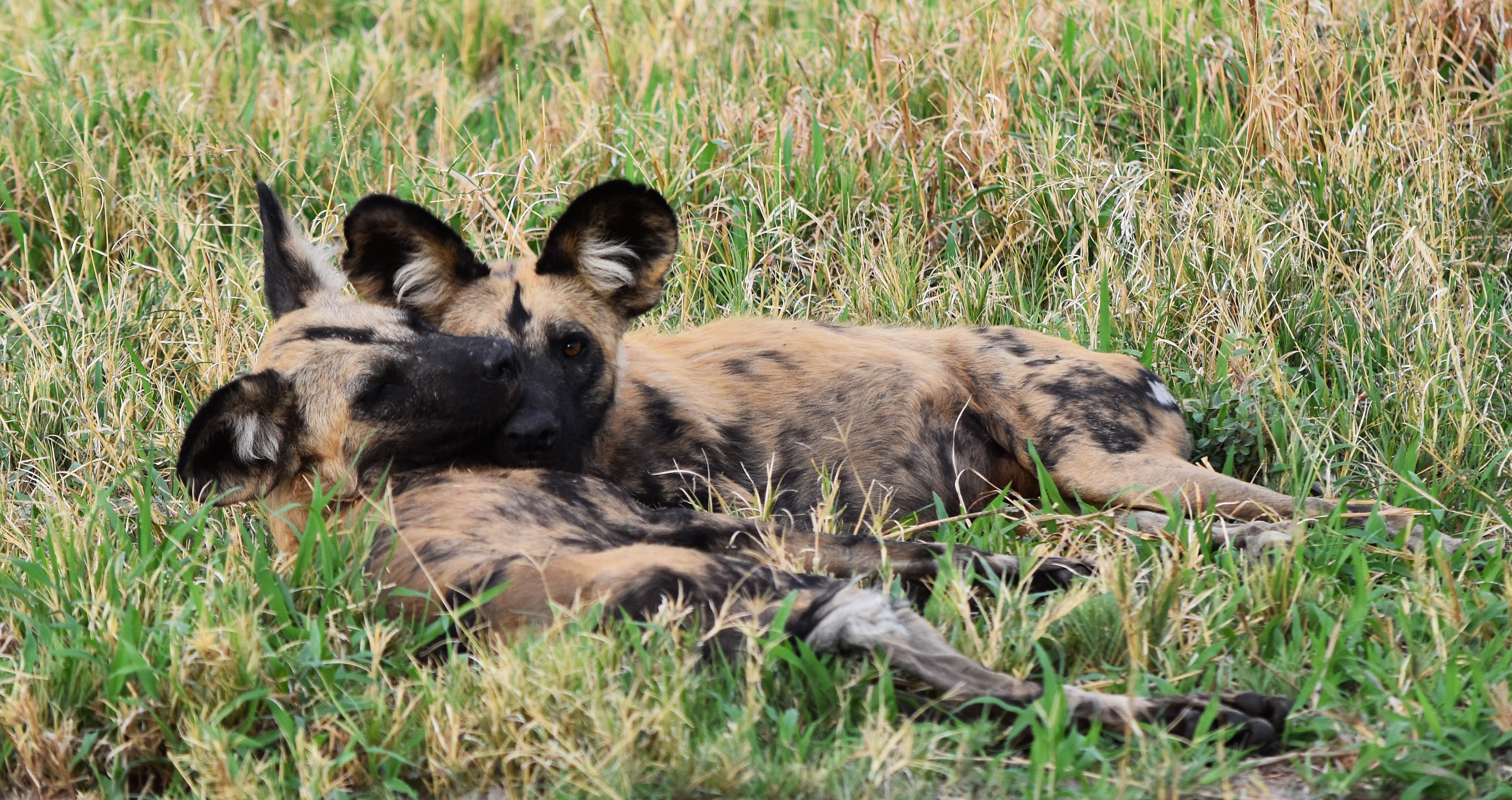Posted: August 31, 2022
Painted Dog Research Trust (PDRT) was founded in the strong belief that good conservation must be underpinned by sound science. Based just outside of Victoria Falls, PDRT is situated in a landscape mosaic of national parks, forestry, private safari area and communal lands. The field-based conservation ecology center for data driven trans-boundary research serves as the headquarters for PDRT.
With the Pan-African population of painted dogs declining from 500,000 individuals to less than 5,000, the painted dog is listed by IUCN as endangered. Zimbabwe links the populations of all five neighboring countries making it a keystone corridor for this species. Continuation of long-term research and monitoring within this corridor is crucial to the continued survival of painted dogs.
They give particular attention to monitoring those painted dog packs that are most vulnerable and where possible, take action to reduce mortalities attributable to anthropogenic causes such as cars, snares and shooting by ranchers. This entails being in the field and living in a vehicle for weeks at a time whilst they follow packs and collect data such as: disease (from blood, skin and fecal samples), hunting success, daily movements and predator/prey interactions. An identity file is made for each individual dog.
Problems for dog populations are identified and solutions are formulated based on the work done in our field research. For example, they have identified blind spots where “Painted Dog - Slow Down” signs should be placed to help decrease the senseless death of painted dogs caused by careless and speeding drivers, and then they erected and posted them. They also designed and produced anti-snare collars and retroreflective colored collars picked up by car headlights, saving dogs from collateral death by snares and road accidents.
They collaborate with government ministries, local councils and planning development communities to try and introduce protections for the dogs and their habitat. Amongst these efforts is education with the local communities. It is vitally important to dispel myths about carnivores such as painted dogs and emphasize the important role they play in ecosystem management. Whether talking to school children, community leaders, farmers, or regular everyday people, changing their hearts and minds requires thoughtful, honest communication backed by evidence.
They aim to educate and inspire people to take conservation action. If people don’t know what is happening to animals and habitats, they won’t care enough to do anything about the threats facing them. If they remain unaware of the impact of human activities, they will not change their own behavior nor advocate for change in governmental/corporate/community/individual practices. They teach people to care enough to act, for without action, conservation cannot occur. Connecting the community with animals and nature will increase awareness and appreciation for biodiversity, causing them to care about conservation issues and increase the likelihood of supporting conservation efforts.




